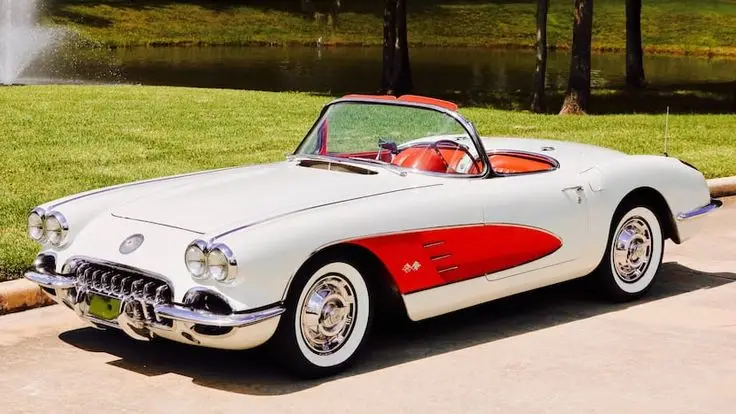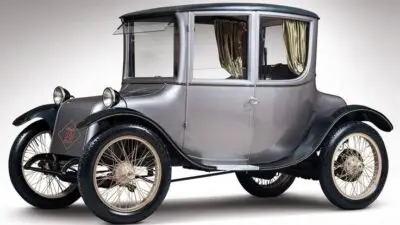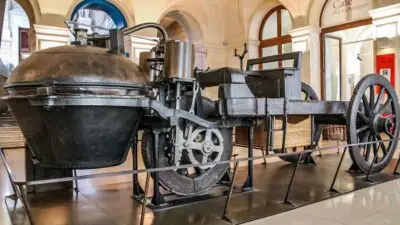The 1960s marked a revolutionary era in automotive history, with cars becoming a symbol of American culture and prosperity. Families enjoyed newfound freedom on the expanding interstate highway system, while young drivers craved style and speed. The Ford Mustang reigned as the most popular car of the 1960s due to its affordable price point, sporty design, and overall quality that resonated with the American public.

Other vehicles that dominated sales charts included the Chevrolet Impala, known for its distinctive rear end design, and the iconic Volkswagen Beetle, which brought European compact efficiency to American roads. The decade also saw famous muscle cars like the Pontiac GTO, Plymouth Road Runner, and Dodge Charger captivate enthusiasts with their powerful engines and bold styling.
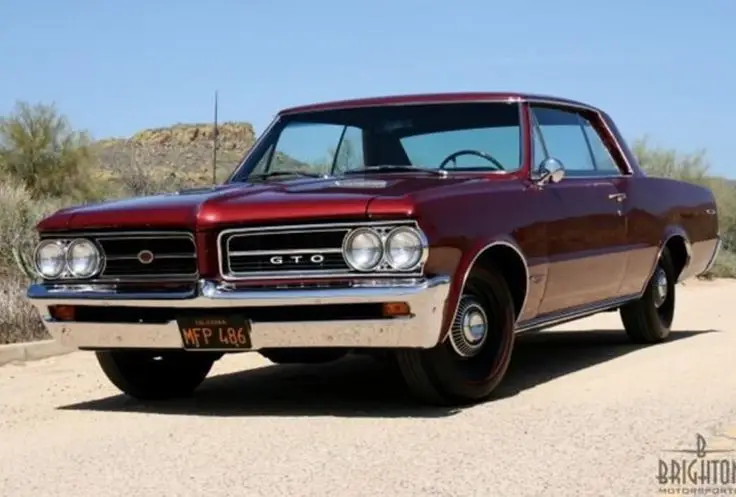
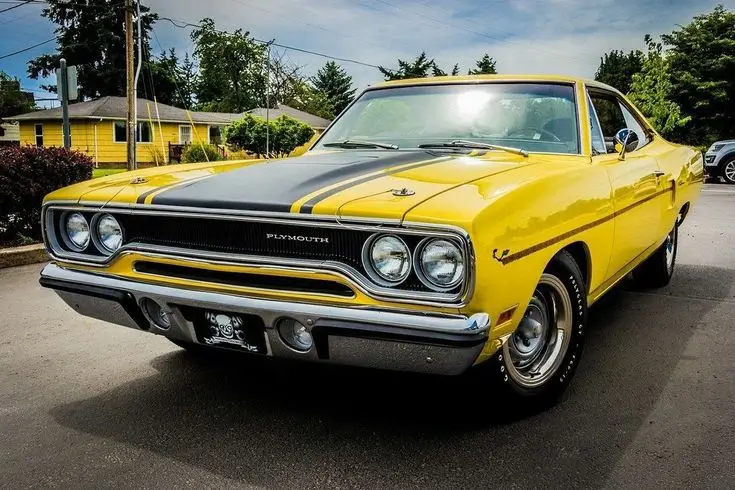

Car manufacturers responded to changing consumer demands with new designs ranging from luxury vehicles like the Lincoln Continental to compact models that appealed to practical drivers. The Ford Fairlane, Falcon, and Thunderbird all contributed to Ford’s market dominance before the Mustang debuted in 1964, forever changing automotive design and marketing.
Key Takeaways
- The 1960s automotive landscape was dominated by iconic vehicles like the Ford Mustang, Chevrolet Impala, and Volkswagen Beetle that transformed American car culture.
- Muscle cars with powerful engines emerged as status symbols for young drivers seeking performance and style in an era of prosperity.
- Automotive innovations during this decade established design principles and market segments that continue to influence car manufacturing today.
Key Drivers of the 1960s Car Market

The 1960s car market was shaped by several important factors that turned automobiles from simple transportation into cultural icons. Economic prosperity gave Americans more disposable income, allowing families to purchase vehicles that reflected their personalities rather than just basic needs.
Youth Culture and Car Styling
Young buyers became a powerful market force during this decade. Automakers responded with fresh designs that appealed to this demographic. The sleek lines and sporty features attracted buyers looking for vehicles that expressed their identity.
The Rise of the V8 Engine
Power became a major selling point in the 1960s. The V8 engine dominated American car manufacturing, offering the performance that consumers increasingly demanded. These larger engines delivered the acceleration and speed that defined the era’s vehicles.
Muscle Car Craze
Perhaps nothing defined 1960s automotive trends like the emergence of muscle cars. These high-performance vehicles combined powerful engines with affordable prices. The Ford Mustang became the decade’s most popular car, appealing to drivers seeking both style and speed.
Performance Upgrades
Car modifications became increasingly popular as owners sought to personalize their vehicles. Aftermarket parts allowed drivers to enhance their cars’ performance beyond factory specifications. This customization culture helped establish cars as extensions of personal identity.
Competitive Marketing
Automakers engaged in aggressive advertising campaigns highlighting power and performance. Brands like Pontiac with its GTO and Chevrolet with the Impala competed fiercely for market share through both technical innovations and compelling marketing.
Top Best Selling Cars of the 1960s

The 1960s witnessed a revolution in automobile design and sales, with American manufacturers dominating the market while European brands carved out their own niche. Performance, style, and affordability drove consumer preferences during this transformative decade.
Ford’s Dominance
The Ford Mustang stands as the most popular car of the 1960s, revolutionizing the automotive industry upon its 1964 debut. Its affordable price point combined with sporty styling created an entirely new market segment: the pony car.

The Ford Fairlane and Falcon models also enjoyed tremendous success during this era. These mid-sized family cars provided reliable transportation at reasonable prices for middle-class Americans.
The Ford Thunderbird represented the luxury end of Ford’s lineup. Its distinctive styling and comfort features appealed to consumers looking for prestige without Cadillac prices.
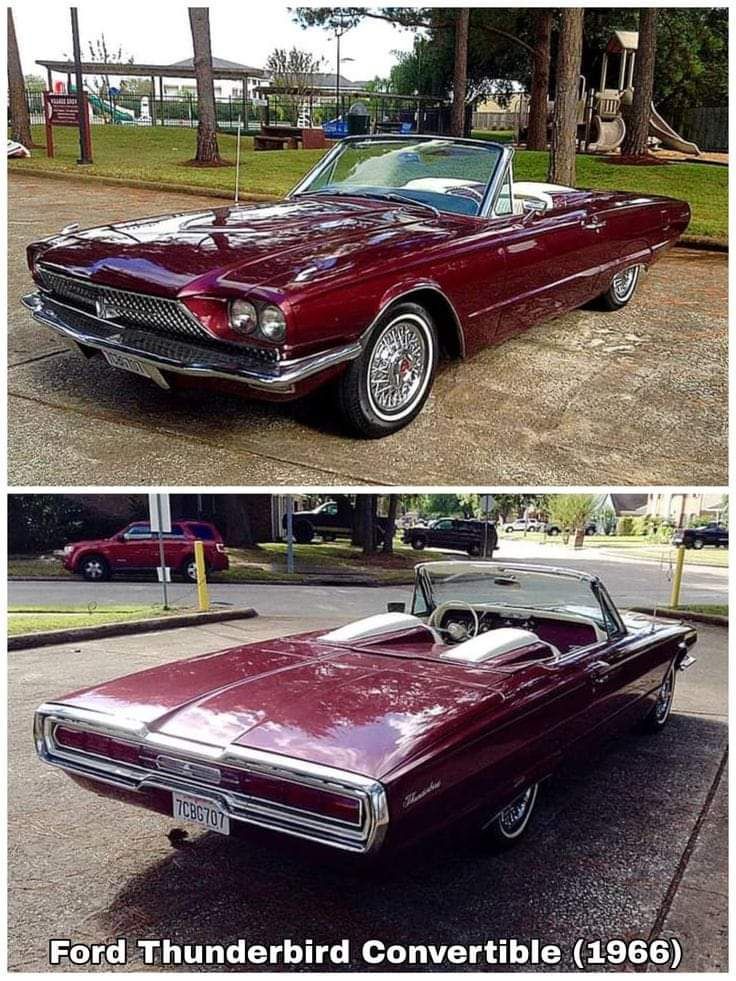
Ford’s GT40, though not a mass-market vehicle, deserves mention for its racing heritage. This legendary performance car dominated international racing, including multiple victories at the prestigious 24 Hours of Le Mans.
Chevrolet’s Iconic Models
The Chevrolet Impala became one of America’s best-selling full-size cars during the 1960s. Its combination of style, comfort, and power made it a staple in American driveways, with the 1961 model particularly sought after.

Chevrolet’s Corvette Stingray, especially the 1963 model, redefined American sports cars. The split-window coupe design of the second-generation Corvette remains among the most recognizable silhouettes in automotive history.
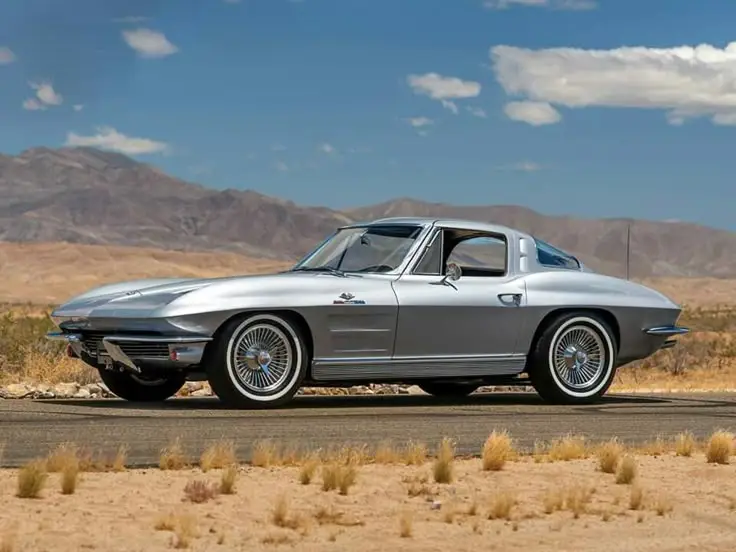
The Chevy Nova and Chevelle models dominated the mid-size market. These versatile platforms could be configured as economical family cars or high-performance muscle cars with the SS package.
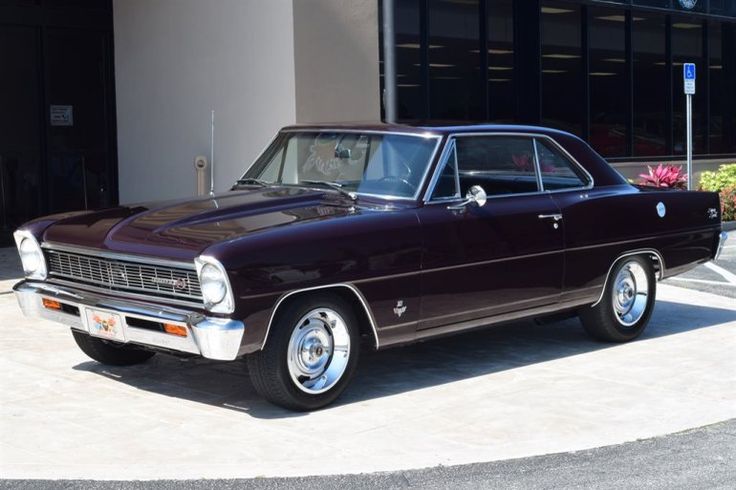
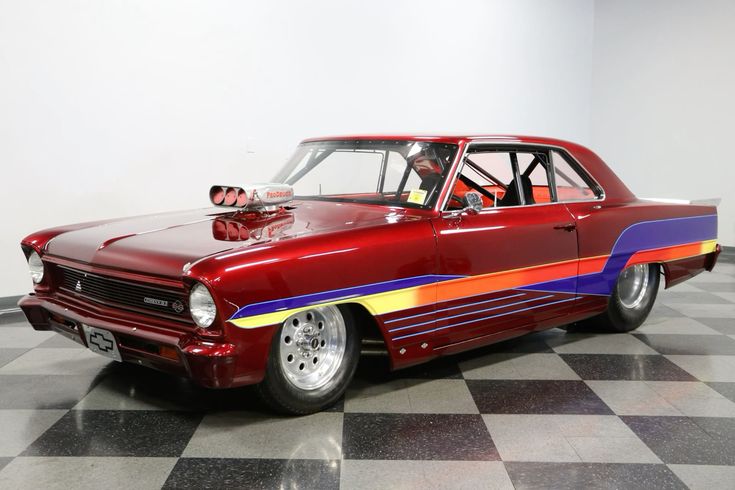
Chevrolet’s economy offerings, including the Chevy II, provided affordable transportation for budget-conscious consumers while maintaining the reliability expected from General Motors products.
Chrysler’s Engineering Marvels
Chrysler’s Plymouth division produced several best-sellers during the 1960s, including the Valiant and later the Barracuda. These compact models competed directly with Ford’s smaller offerings while maintaining Chrysler’s reputation for engineering excellence.
The Dodge Charger, introduced in 1966, quickly became a sales success with its sleek fastback styling and powerful engine options. The second-generation Charger (1968-1970) remains one of the most recognizable muscle cars ever produced.
Chrysler’s Imperial brand represented the company’s luxury flagship. Though sales never matched Cadillac’s numbers, the Imperial’s distinctive styling and advanced features earned it a loyal following.
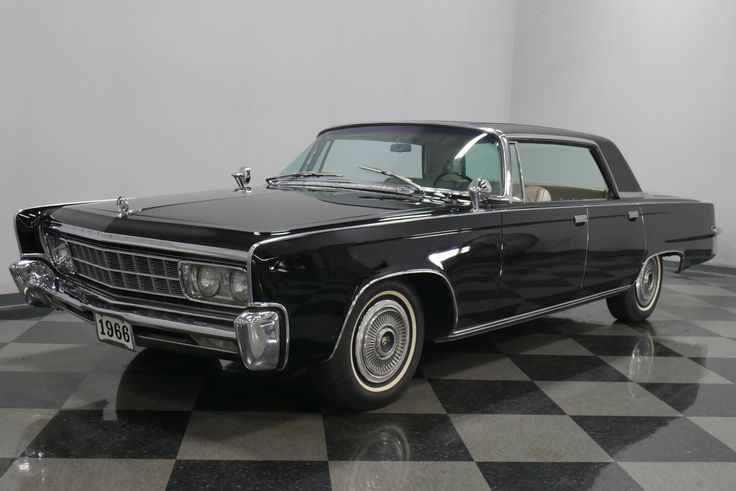
The company’s innovative “Slant Six” engine powered many of their best-selling models. This durable, efficient powerplant helped establish Chrysler’s reputation for reliable engineering during the decade.
European Influence in America
The Volkswagen Beetle dominated 1960s sales among imported vehicles. Its affordable price, reliability, and distinctive design made it exceptionally popular, particularly among younger buyers seeking alternatives to traditional American cars.
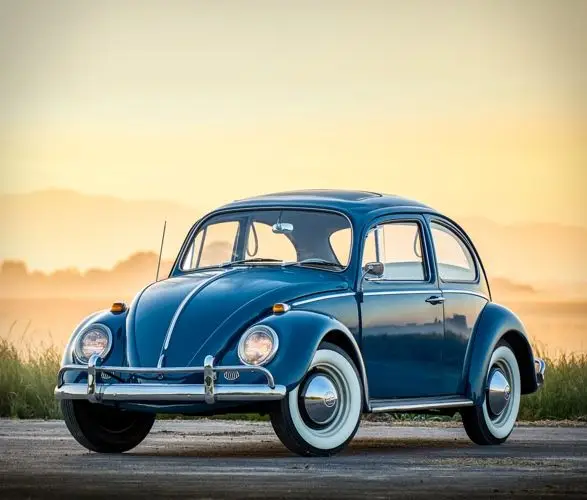
The Aston Martin DB5 achieved cultural icon status thanks to its appearance in James Bond films. While not a volume seller, its influence on automotive design was substantial.
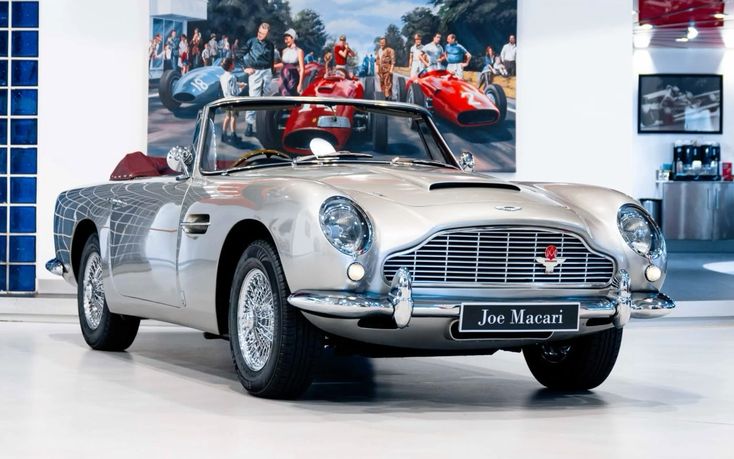
Fiat brought Italian design sensibility to America with models like the 124 Spider and 850. These compact, stylish vehicles offered European sophistication at relatively affordable prices.
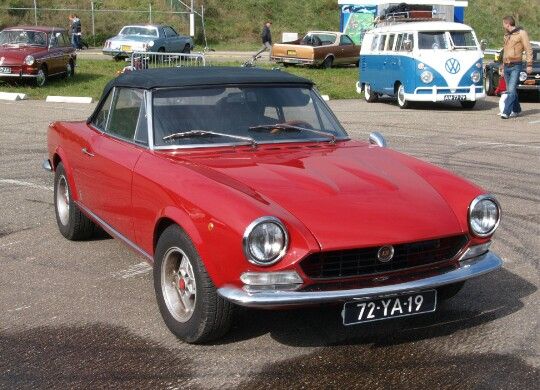
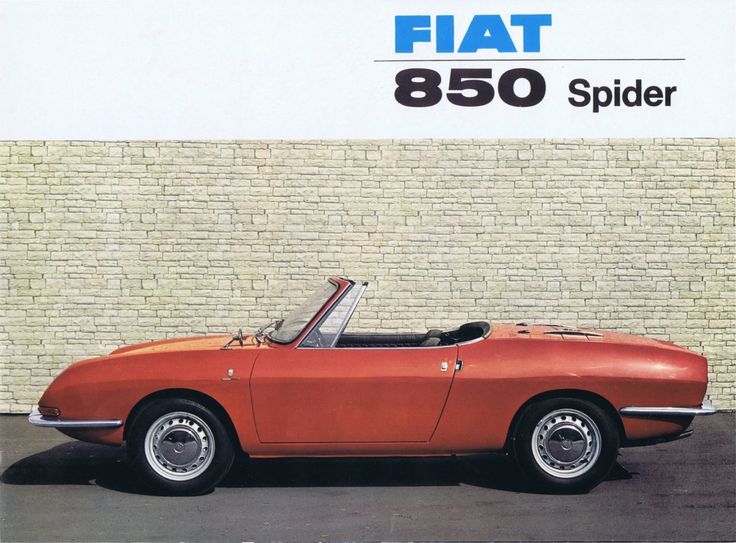
Renault’s presence in the American market grew during the decade. Models like the Dauphine and R8 provided economical alternatives to domestic compacts, though they never achieved the Beetle’s level of popularity.
Contributions of Other Automakers
American Motors Corporation (AMC) competed successfully with the major manufacturers. Their Rambler model, particularly popular in 1963, established AMC as a viable alternative to the “Big Three” American automakers.
Datsun (now Nissan) began establishing its American presence during the 1960s. Models like the Datsun 510 and 240Z helped establish Japanese manufacturers as serious competitors in the American market.
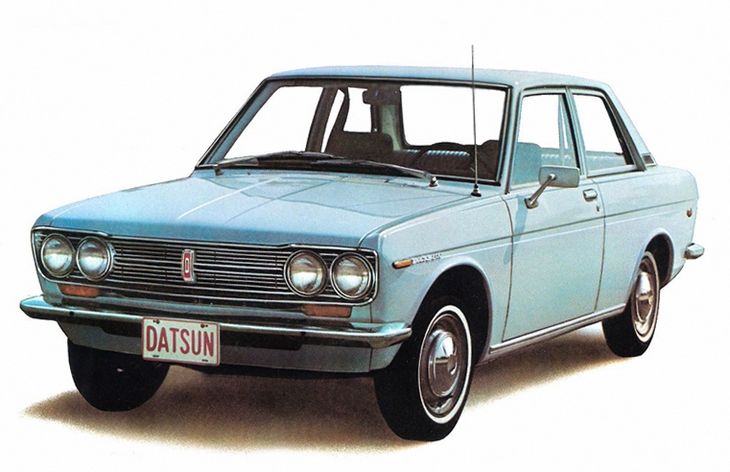
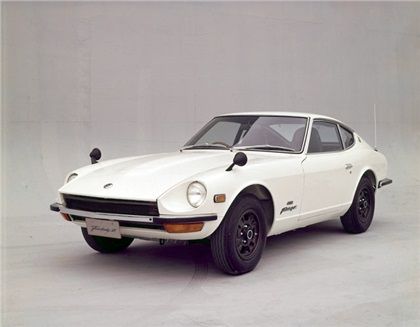
Pontiac’s GTO, introduced in 1964, essentially created the muscle car category. By offering high performance in a mid-sized package, Pontiac influenced product planning across the industry.
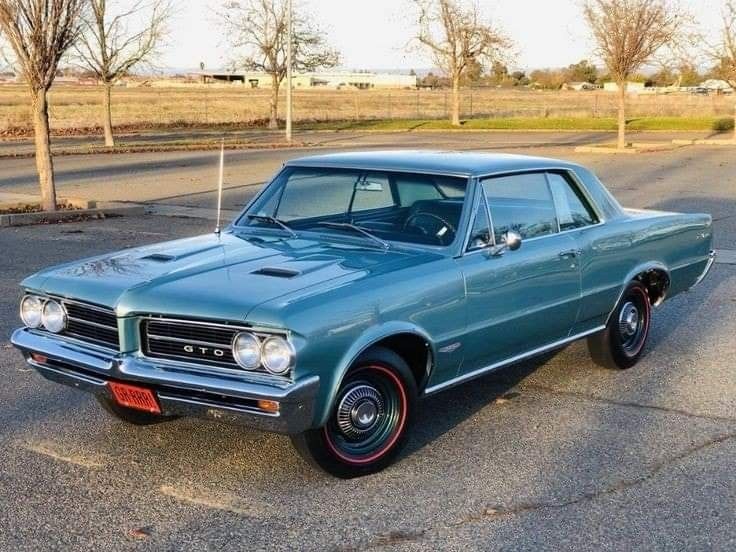
Buick found success with models like the Riviera, which combined luxury with performance. The 1963 Riviera’s clean styling made it an instant classic and strong seller in the personal luxury segment.
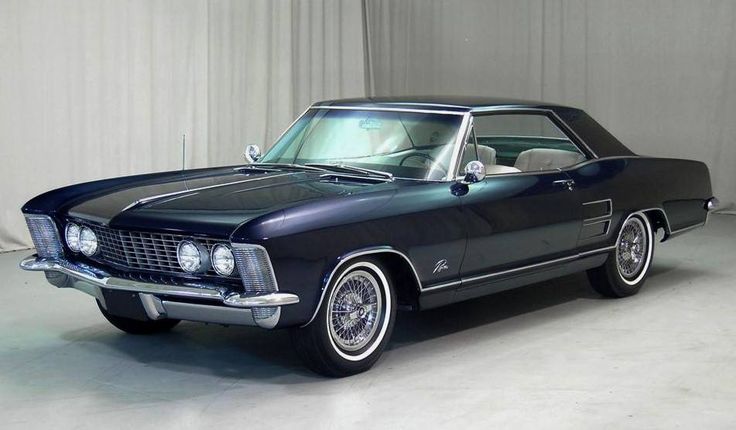
Iconic Muscle Cars of the Decade

The 1960s saw the birth and rapid rise of American muscle cars that forever changed automotive history. These powerful vehicles combined large-displacement V8 engines with affordable mid-size platforms, creating a performance revolution on American streets.
Chevrolet’s Prowess
Chevrolet dominated the muscle car scene with several iconic models. The Chevy Camaro, introduced in 1967, quickly became one of the most recognized muscle cars in America. Its sleek design and powerful engine options made it an instant classic.
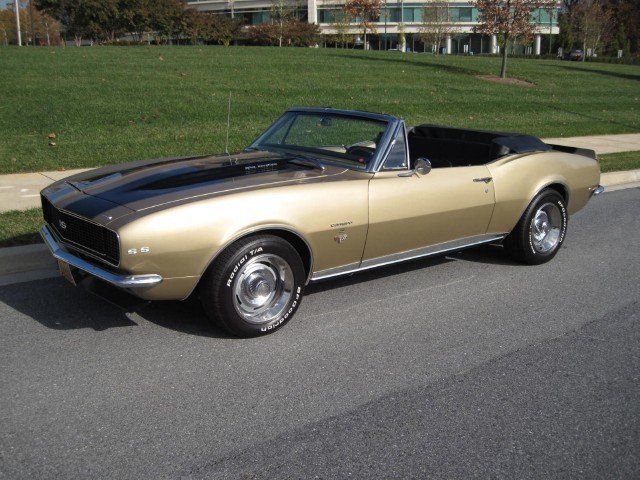
The Corvette, though technically a sports car, influenced muscle car development with its performance focus. The 1963 Sting Ray with its split rear window became particularly sought-after by collectors.
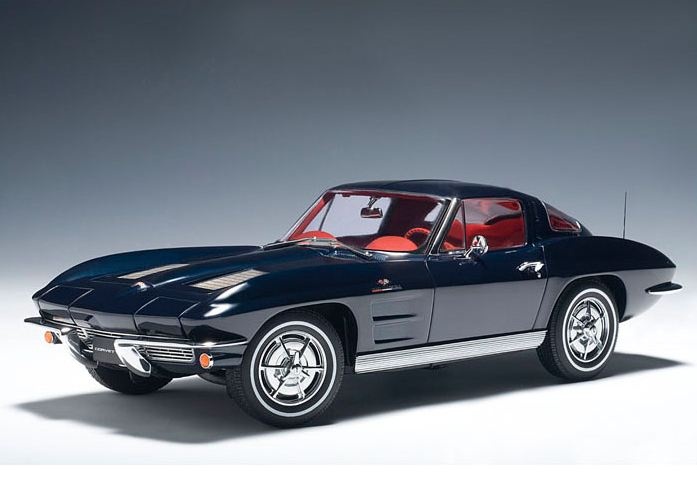
Chevrolet’s Bel Air, especially when equipped with the 409 cubic inch V8 engine, delivered impressive performance for a full-size car. These powerful Chevys helped General Motors maintain its position as a leader in the performance car market.
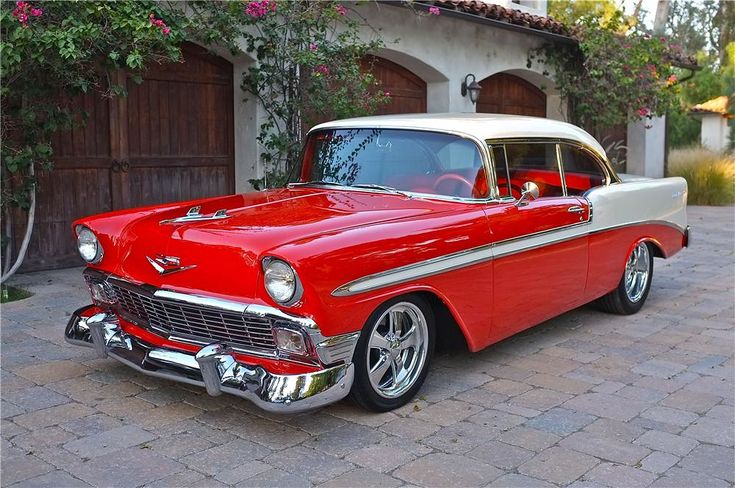
The SS (Super Sport) badge adorned several Chevrolet models, signifying enhanced performance and styling. These vehicles combined everyday practicality with exhilarating speed potential.
Ford’s Innovations
Ford revolutionized the market with the Mustang, which created an entirely new category: pony cars. Though smaller than traditional muscle cars, high-performance Mustang variants like the GT and Shelby models earned muscle car status.
The Ford Fairlane and Galaxie offered impressive performance when equipped with big-block V8 engines. The Galaxie 500 with the 427 V8 was particularly potent, delivering NASCAR-inspired performance.
The Thunderbird, while shifting toward luxury, still maintained performance credentials earlier in the decade. Ford’s willingness to offer high-displacement V8 engines across multiple model lines demonstrated their commitment to performance.
Ford’s Total Performance marketing campaign highlighted their racing success and performance heritage. This strategy helped position Ford as a serious competitor to GM in the muscle car wars.
Mopar’s Market Impact
Mopar (Chrysler Corporation) vehicles gained legendary status with their powerful Hemi V8 engines. The Dodge Charger and Challenger became icons of the era with their distinctive styling and raw power.
The Plymouth Road Runner, introduced in 1968, offered affordable performance with a focus on straight-line speed. Its stripped-down approach and cartoon mascot appealed to younger buyers seeking maximum performance for their dollar.
Mopar’s B-body and E-body platforms provided the foundation for numerous muscle car variants. Their bold styling choices and bright “High Impact” paint colors made them stand out in a crowded market.
The 426 Hemi engine, nicknamed “the elephant” for its size and power, became the crown jewel of Mopar performance. These vehicles established Chrysler as a formidable competitor in the muscle car battles of the 60s and 70s.
Significant Car Models and Their Cultural Impact

The 1960s produced some of the most influential cars in automotive history. Popular models from this era continue to captivate classic car enthusiasts today, with many achieving iconic status in American culture.
Chevrolet dominated the decade with several standout vehicles. The 1967 Chevrolet Camaro Z/28 emerged as a powerful competitor in the pony car market, featuring a high-performance 302 cubic inch engine that delivered impressive track performance.
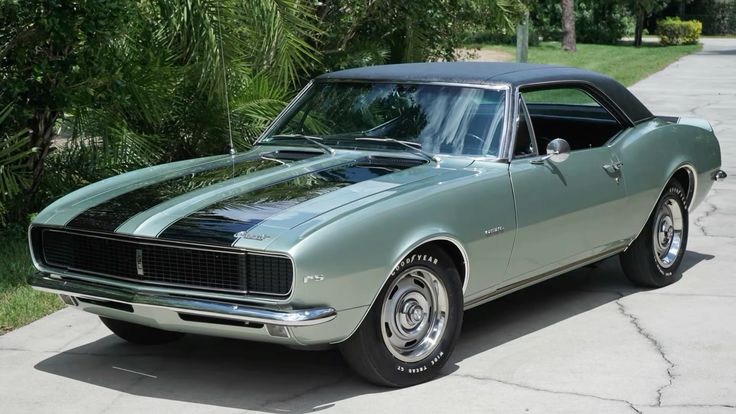
The 1969 Chevrolet Chevelle SS 396 represented muscle car excellence with its bold styling and robust power. Its aggressive stance and powerful engine options made it a favorite among speed enthusiasts.
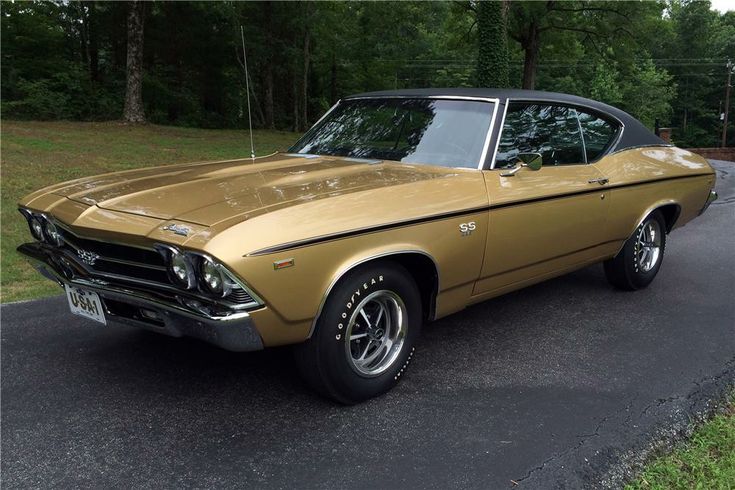
For luxury performance, the 1962 Chevrolet Impala SS 409 offered both comfort and power. The “409” referenced its engine displacement and became immortalized in popular music of the era.
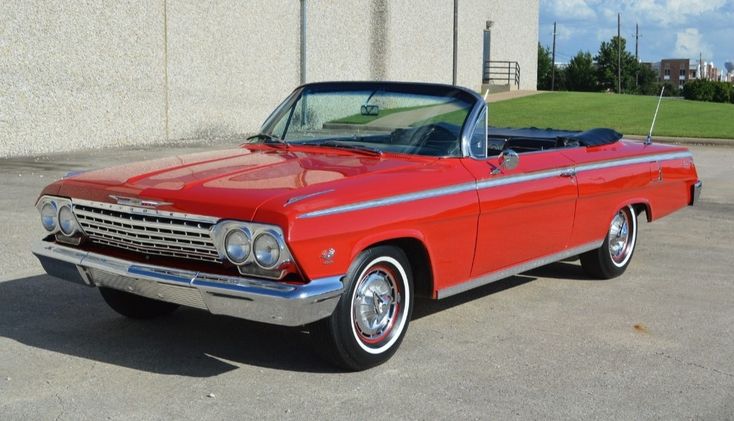
The 1969 Chevrolet Corvette L88 stands as one of the most valuable collector cars from the 1960s. With only 216 units produced, this rare performance variant featured a 427 cubic inch engine that produced an underrated 430 horsepower.
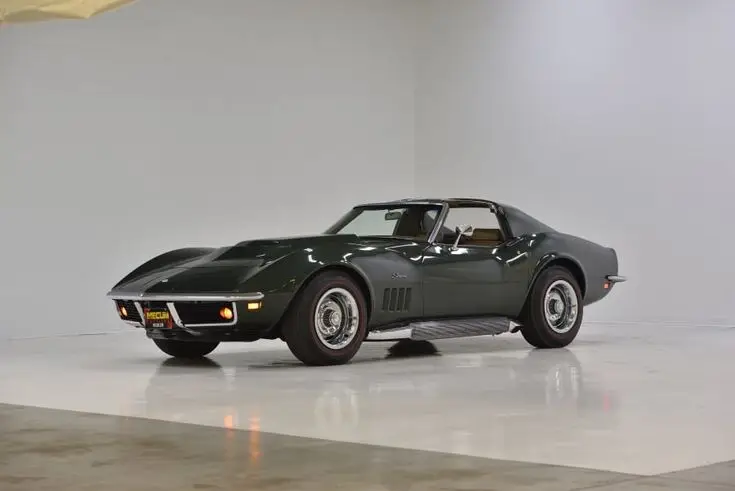
Cultural influence extended beyond performance. The 1964 Chevrolet Impala lowrider became central to urban car culture, while the elegant 1961 Chevrolet Bel Air Bubble Top gained popularity for its distinctive roof design.
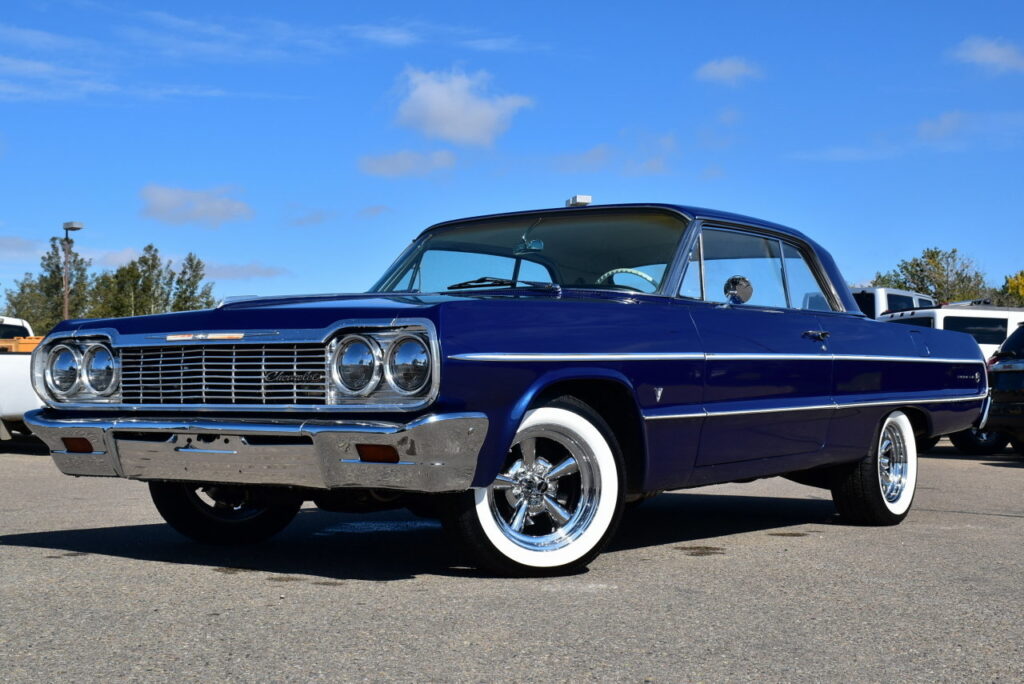
The 1969 Yenko Camaro represented the peak of specialized dealer performance modifications. These rare vehicles, modified by Yenko Chevrolet of Pennsylvania, featured upgraded 427 engines that delivered exceptional performance.
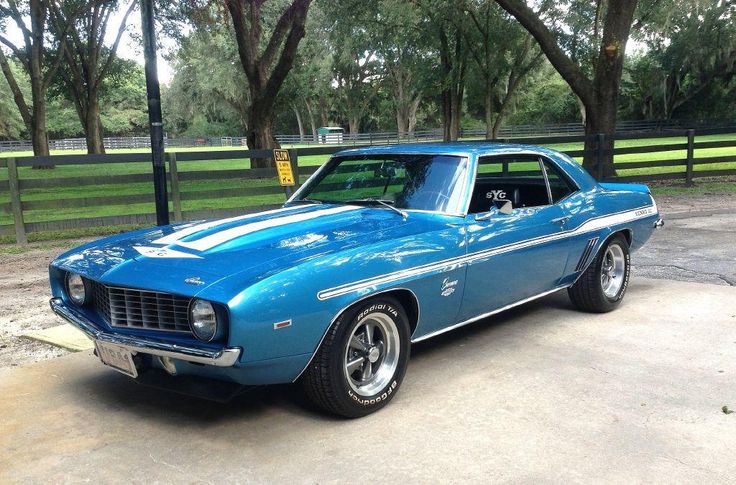
The nostalgic value of these vehicles continues to grow, with pristine examples commanding impressive prices at collector auctions worldwide.
The Rise and Fall of Automotive Trendsetters

The 1960s saw dramatic shifts in American car preferences. Manufacturers rushed to release innovative models, creating both legendary successes and notable failures.
The Ford Mustang became one of the decade’s greatest triumphs. Introduced in 1964, it won Motor Trend’s Car of the Year Award in 1965 and grew into one of the best-selling vehicles of all time.
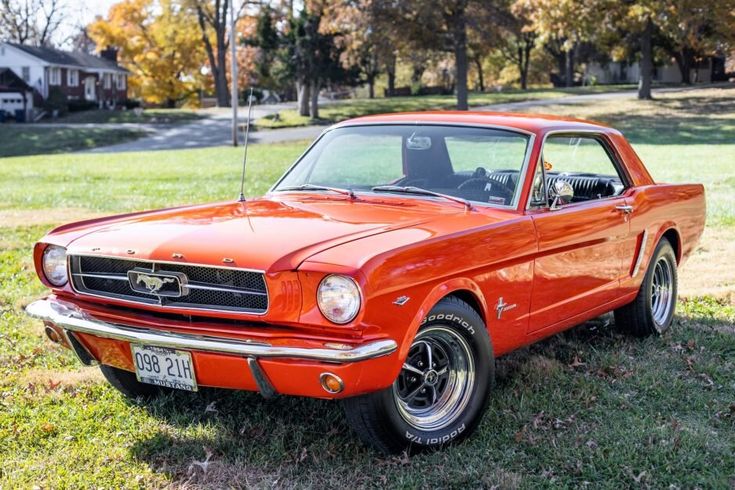
Chevrolet’s Corvair represented American’s brief interest in rear-engine compact cars. Initially popular, safety concerns raised by Ralph Nader’s “Unsafe at Any Speed” led to its eventual decline.
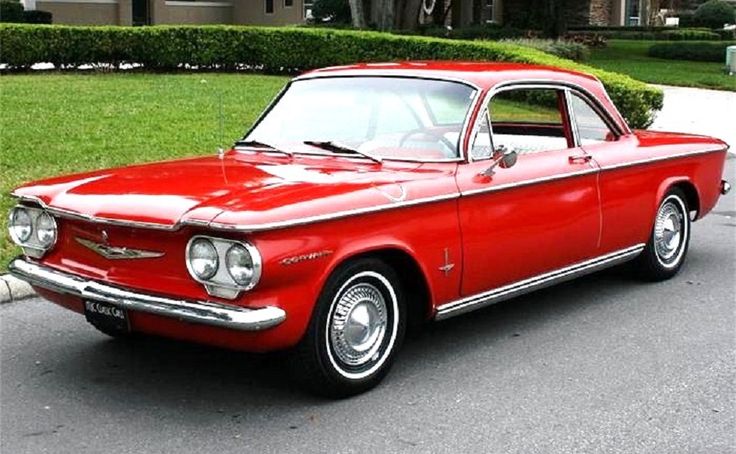
The Ford Falcon arrived as an economy option in 1960. Its practical design and affordable price made it initially successful, but interest waned as Americans gravitated toward sportier options later in the decade.
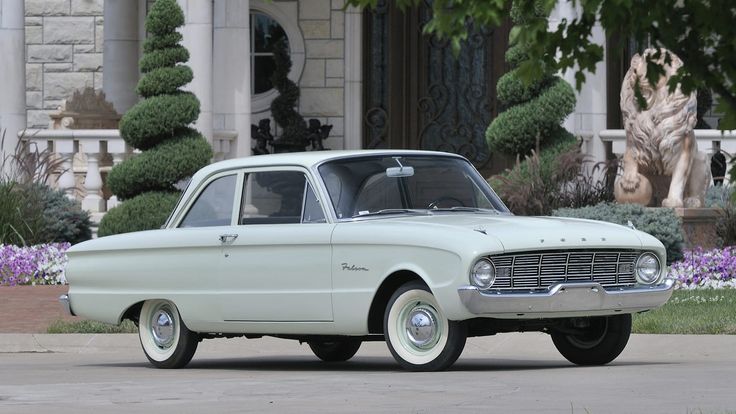
Plymouth’s Valiant competed directly against the Falcon in the compact market. Its distinctive styling helped it stand out, though it never achieved the same recognition as other 1960s classics.
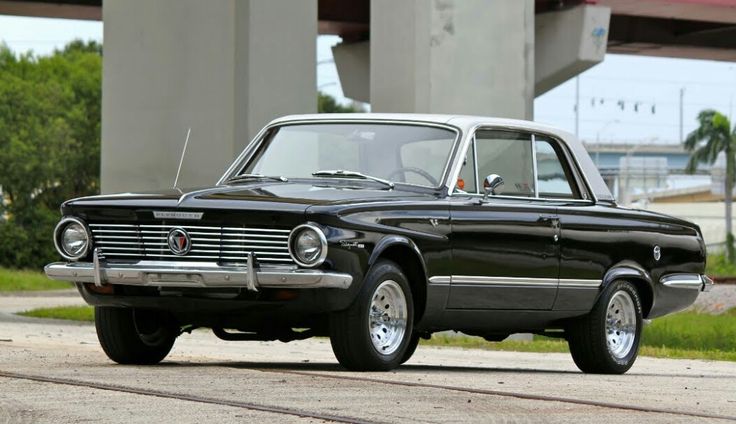
The Edsel became one of automotive history’s most famous flops. Though technically a late-1950s creation, its failure influenced Ford’s more cautious approach through the 1960s.
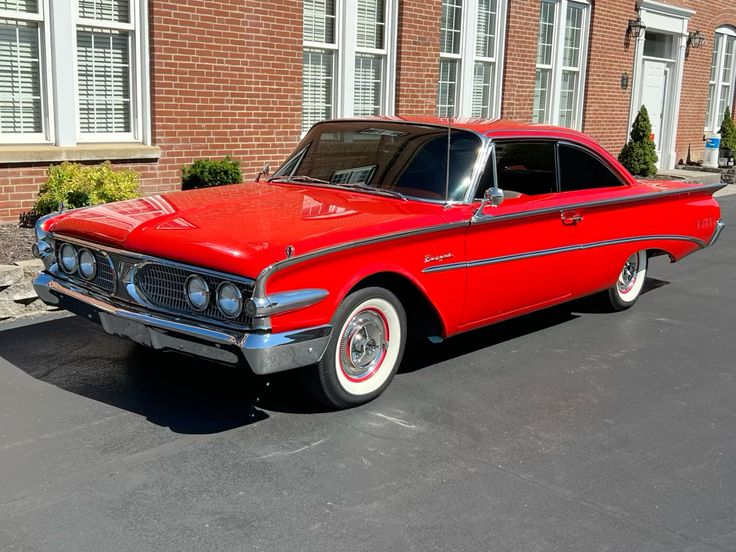
While not yet the cultural icon it would become, the Ford F-150 truck line was building its reputation for durability during this period.
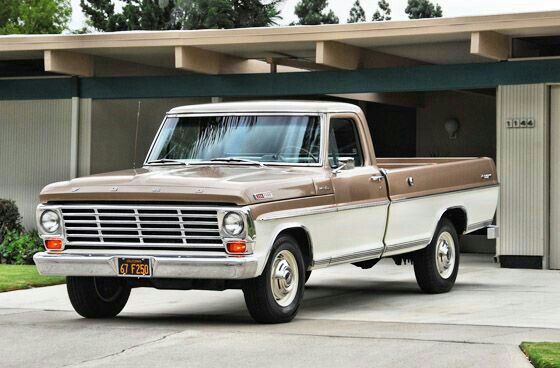
The 4-door sedan remained the best overall seller, but station wagons ranked second in popularity, outpacing sportier 2-door models early in the decade. By the late 1960s, mid-sized cars were gaining significant market share against traditional full-sized vehicles.
Innovative Designs and Engineering Breakthroughs

The 1960s transformed automotive design and technology with groundbreaking developments in both performance capabilities and aesthetics. Car manufacturers introduced new engineering approaches that would influence vehicles for decades to come.
Performance-Oriented Engineering
The 1960s marked a revolution in automotive engineering with several key advancements. Alternators replaced generators in 1960, providing more reliable electrical systems and better performance. This technology quickly became standard across most manufacturers.
Engine development reached new heights with the muscle car boom. The Chevrolet Impala SS, introduced in 1961, featured the powerful 409 cubic inch V8 engine that delivered impressive horsepower for its time.
The 1963 Chevrolet Corvette Sting Ray Split-Window Coupe represented a significant engineering milestone. Its independent rear suspension was revolutionary for American sports cars, dramatically improving handling and performance.
Emission control systems began appearing in 1961, representing early attempts to balance performance with environmental concerns. These systems would eventually transform engine design across the industry.
Aesthetic Innovations
The 1960s introduced some of the most distinctive automotive designs ever created. The Chevrolet Impala popularized the “bat wing” rear fenders and triple taillights that became iconic styling elements of the era.
The 1963 Corvette Sting Ray’s split rear window design, while only available for one year, remains one of the most recognizable and sought-after design features in automotive history. Its futuristic styling included hidden headlights and a sharp, tapered rear end.
Manufacturers began experimenting with:
- Fastback rooflines
- Lighter materials
- Aerodynamic design principles
- Distinctive color schemes
The decade also saw Japanese imports entering Western markets, bringing smaller, more efficient designs that contrasted with American styling trends. These Japanese imports first reached the UK in 1964, beginning a design influence that would grow significantly in following decades.
Market Shifts and the End of the 1960s

The 1960s witnessed dramatic changes in American car culture. By the mid-60s, automobile manufacturers shifted their focus from family cars to vehicles that appealed to younger drivers seeking performance and style.
The Ford Mustang became the most popular car of the decade, introducing the “pony car” segment with its affordable price and sporty design. This new market category captured the imagination of young Americans.
The muscle car craze defined the latter half of the decade. Powerful vehicles like the Pontiac GTO, Chevrolet Camaro, and Dodge Charger dominated showrooms as Americans embraced high-performance automobiles.
Car culture transformed significantly during this period. The automobile shifted from being merely transportation to becoming a status symbol and expression of personal identity.
By 1968-1969, market preferences began evolving again. Rising fuel costs and growing environmental concerns started influencing buyer decisions. Smaller, more efficient models gained popularity.
Ford, Chevrolet, Pontiac, and other manufacturers scrambled to adapt their lineups as the decade closed. The Galaxie ranked as the second most popular model with over 3 million units sold.
Foreign imports, particularly from Japan, began making inroads in the American market. Toyota and other manufacturers started challenging domestic dominance with reliable, fuel-efficient alternatives.
As the 1960s ended, the automotive industry faced new challenges: stricter safety regulations, emissions standards, and changing consumer preferences. These factors would dramatically reshape car manufacturing in the coming decade.
Frequently Asked Questions

The 1960s represented a golden era in American automotive history with several standout models achieving remarkable sales success. Specific vehicles dominated different segments while manufacturers competed fiercely for market share throughout this transformative decade.
What were the best selling car models during the decade of the 1960s?
The Chevrolet Impala was the overall best-selling car model of the 1960s, moving more than 5 million units throughout the decade. This full-size automobile became a staple on American roads.
The Ford Mustang was another tremendously successful vehicle, particularly after its 1964 introduction. It created the pony car segment and captured the imagination of the American public.
The Volkswagen Beetle also ranked among the decade’s best-sellers, offering an economical alternative to larger American vehicles and bringing European design to mainstream American consumers.
Which car dominated the sales charts in the year 1965?
In 1965, the Chevrolet Impala dominated the sales charts. This powerful full-size car offered various engine options and body styles that appealed to a wide range of consumers.
Ford’s Mustang also performed exceptionally well in 1965, its first full year of production. The combination of sporty styling and affordable pricing helped propel it near the top of sales rankings.
The Volkswagen Beetle continued its strong performance in 1965, maintaining its position as the most popular imported vehicle in the American market.
Can you list the top 10 automotive bestsellers from the 1960s era?
- Chevrolet Impala
- Ford Mustang
- Volkswagen Beetle
- Chevrolet Corvair
- Ford Thunderbird
- Plymouth Barracuda
- Pontiac GTO
- Chevrolet Corvette
- Ford Falcon
- Chevrolet Bel Air
These popular 1960s cars represented different segments from affordable family vehicles to high-performance muscle cars and luxurious personal coupes.
How did sedan models fare in sales during the 1960s?
Sedan models dominated automobile sales throughout the 1960s. The Chevrolet Impala sedan was particularly successful, offering families spacious interiors and powerful engine options.
Full-size sedans from Ford, Plymouth, and Dodge also performed well in the sales charts as these vehicles represented the primary transportation choice for American families.
By the late 1960s, compact and intermediate sedans began gaining market share as consumer preferences started shifting toward more efficient vehicles.
What made the top-selling car of the 1960s stand out from its competitors?
The Chevrolet Impala stood out from competitors due to its versatility and broad appeal. It offered various body styles including sedans, coupes, and convertibles that catered to different consumer needs.
Its distinctive styling, particularly the iconic triple taillights, created a recognizable presence on the road. The Impala also balanced performance and comfort at a reasonable price point.
Chevrolet’s extensive dealer network ensured that parts and service were readily available nationwide, adding to consumer confidence in the vehicle.
Were there notable differences in car sales trends between the early and late 1960s?
The early 1960s featured continued dominance of full-size cars with relatively conservative styling. Traditional family sedans and hardtops represented the majority of sales volume during this period.
By mid-decade, performance-oriented vehicles like the Pontiac GTO and Ford Mustang created new market segments and shifted consumer interest toward sportier options.
The late 1960s witnessed growing interest in compact and intermediate models as fuel economy began to influence purchasing decisions. Import brands also started gaining significant market share during this period.
